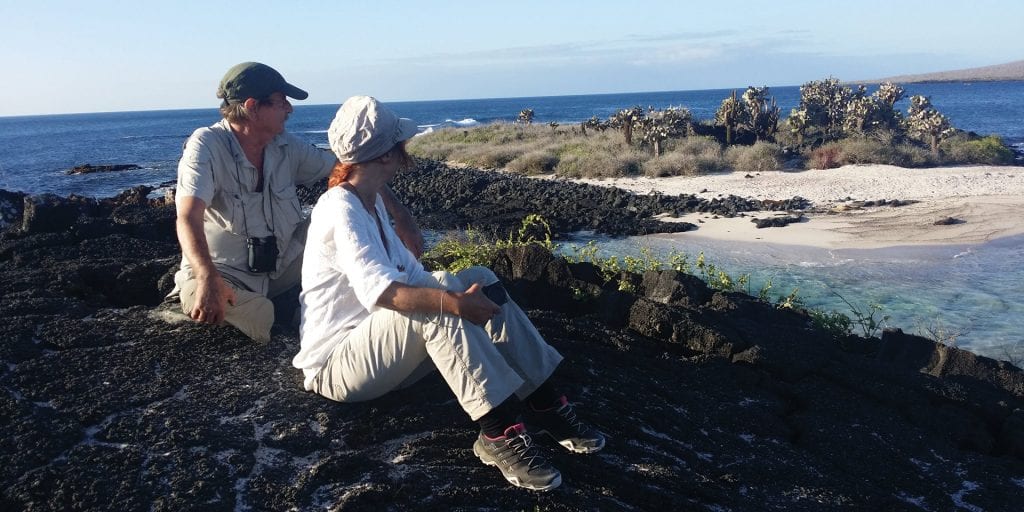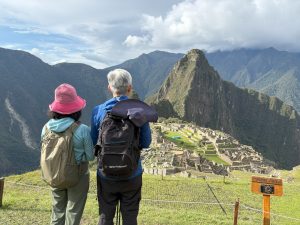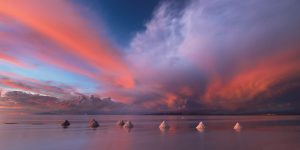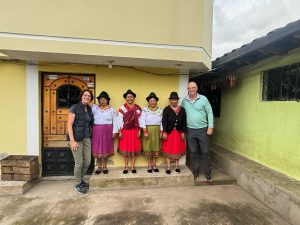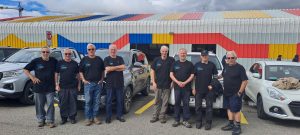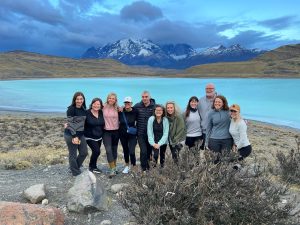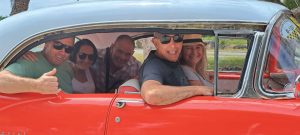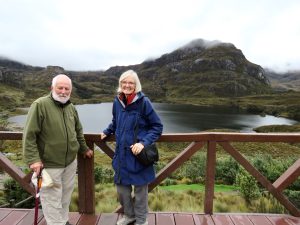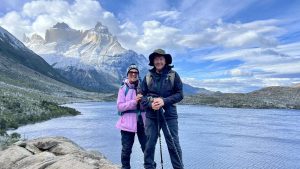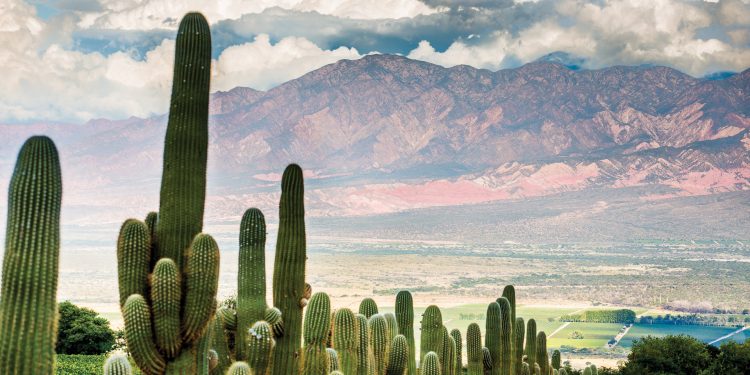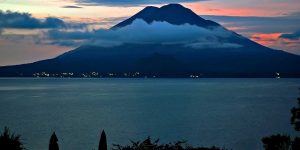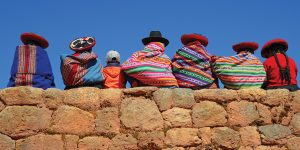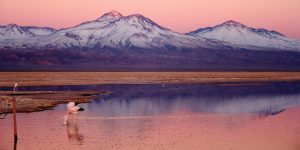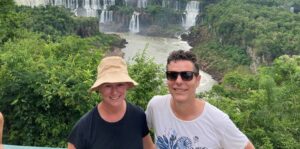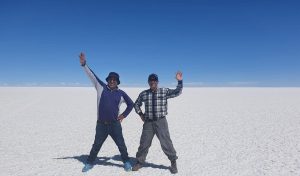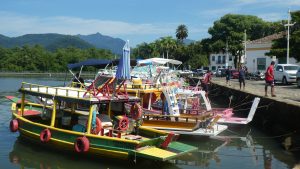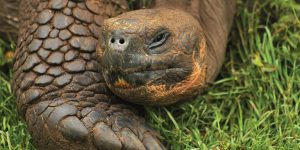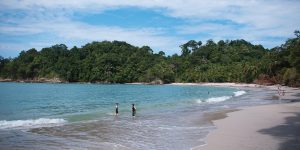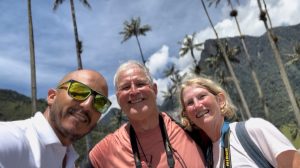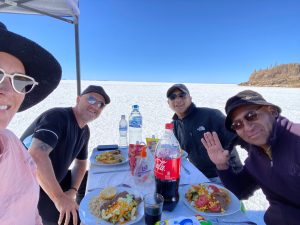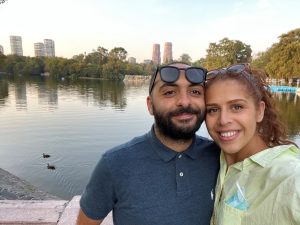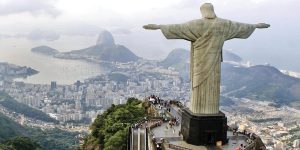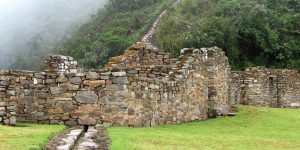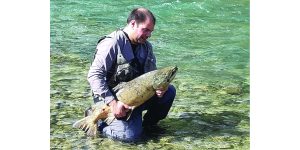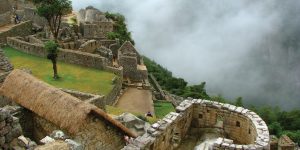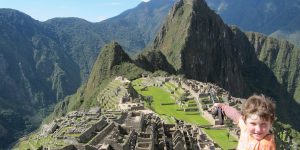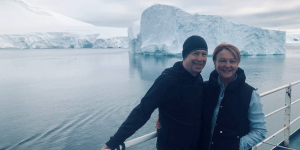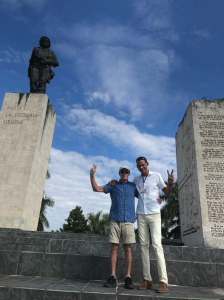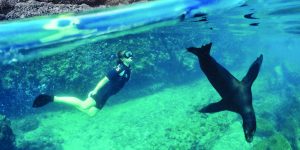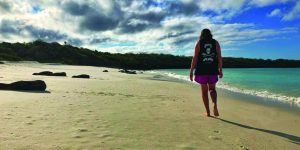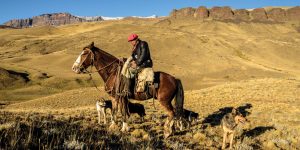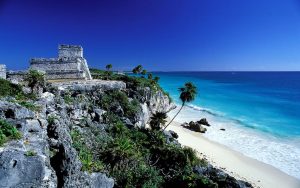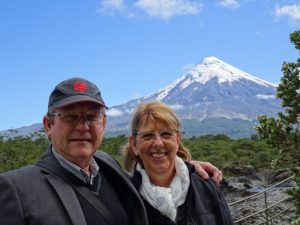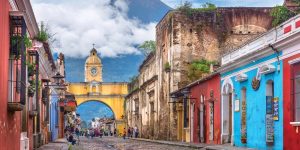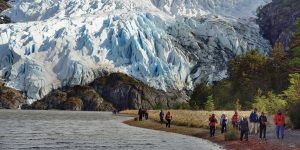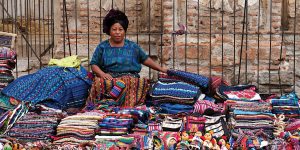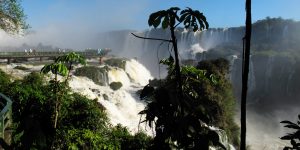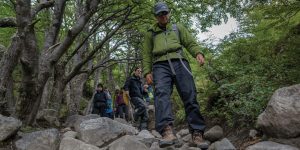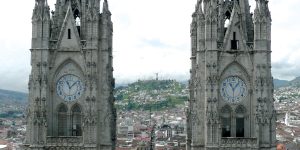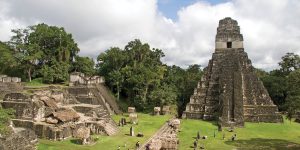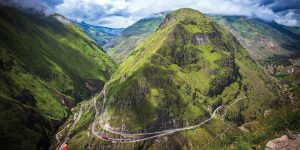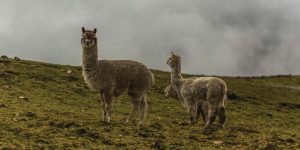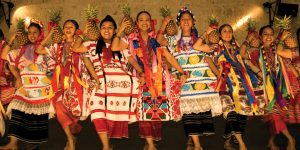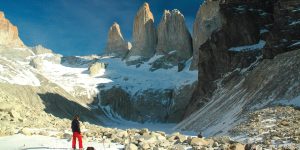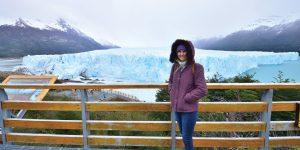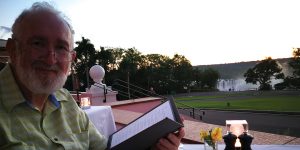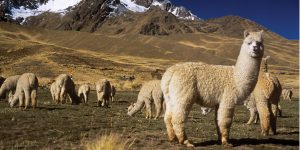Day 1 Santa Cruz Isl./Galapagos Islands
Morning arrival to Baltra Island by plane and immediate transfer to the dock to board your cruise. Welcome introductory briefing and lunch.
There are two types of landings throughout your Galapagos tour:
Dry landing: guests step from the dinghy onto rocks or a dock.
Wet landing: as the dinghy edges onto a sandy beach, guests step into knee-deep water and wade ashore.
PM: Highlands Tortoise Reserve (Santa Cruz Island)- Dry landing. Here it is possible to admire different kinds of birds, such as tree and ground finches, vermillion flycatchers, paint-billed crakes, yellow warblers, and cattle egrets (usually standing on the tortoises’ shell). The journey to the reserve offers great opportunities to see the variety of ecosystems in the archipelago. The road goes from the coast through the agricultural zone and straight up to the dense humid forests. Often, Galapagos Giant Tortoises are also seen on the way, wandering through pastures in the paddocks. This spot is a bird watchers’ haven since almost every land bird present on the island lives or migrates here.
Day 2 Fernandina Isl./Galapagos Islands
AM: Vicente Roca Point (Isabela Island)- it is a high peak of land created out of remains of a tuff cone, with two protected turquoise coves on both sides. One of them, the Bolivar Channel, is one of the richest marine ecosystems on Earth. This place is only accessible by water, with great opportunities for deep-water snorkelling. In this part of the Galapagos, the upwelling of cold water currents from the west, offer an abundant plankton supply for marine species like Red-lipped Batfish, Seahorses, Frogfish, Nudibranchs, Octopus, and the Mola-Mola or Sunfish. It is common to observe Dolphin pods, Sea Lions’ rafts, and Tuna banks. The dinghy ride along the coast will allow observing a great diversity of seabirds. You can often see Noddies, Brown Pelicans, Galapagos Penguins, Flightless Cormorants, Nazca and Blue-footed boobies feeding all at once during the cold season (May to December). Whale watching is also common while navigating.
PM: Espinosa Point (Fernandina Island)- Dry landing. From Espinosa Point, it is possible to admire a wide view of Isabela Island across the Bolivar Channel. This area hosts some of the highest diversity of endemic sea fauna in the Galapagos. Here, the largest most primitive-looking Marine Iguanas are found mingling with Sea Lions and Sally Lightfoot Crabs. Fernandina island displays a wonderful opportunity to encounter Flightless Cormorants at their nesting sites. The Galapagos penguins and the “King” of predators on the islands, the Galapagos Hawk, can also be spotted. Pa-hoe-hoe and AA lava formations cover the majority of Fernandina terrain. Vegetation is scarce inland, except for a few Brachycereus Cacti and mangrove on the shore.
Day 3 Isabela Isl./Galapagos Islands
AM: Urbina Bay (Isabela Island)- (wet landing) at the far end of a long, level hike we arrive at a strange phenomenon where large blocks of coral lie completely exposed after a dramatic geological uplift in 1954. Located at the western base of Alcedo Volcano we hope to run into a few very impressive land iguanas as well as some of the volcanoís endemic Galapagos giant tortoises during the wet season. When navigating from Urbina to Tagus Cove whale watching is usual in May – December.
PM: Tagus Cove (Isabela)- (Dry landing) a well-known hideout and deep water anchorage in the days of pirates, Tagus Cove was also one of the few sites visited by Charles Darwin and the HMS Beagle in 1835. A beautiful hike leads us past an overview of Darwin Lake and on to a stunning volcanic landscape revealing Isabela islands dramatic northern volcanoes. Once back at sea level the perfect activity is to snorkel along a submerged wall with turtles, lots of fish, penguins and potentially flightless cormorants. You might even be tempted by a panga ride or kayak!
Day 4 Santiago Isl./Galapagos Islands
AM: Egas Port- (Wet landing) the black volcanic sand sets this landing apart from most. It is best known for the dramatic shoreline where we meet a host of species that chose to live between land and sea. Particular among these are the endemic Galapagos fur seals which maintain a small colony at the end of our walk. Other species of note include American oystercatchers, sea lions, waders, herons, lava lizards and even Galapagos hawks. An optional visit takes you to an abandoned salt mine famous in its day for supplying salt to mainland Ecuador.
PM: Sullivan Bay- (Wet landing) Although, when viewed from the sea, the site does not look especially interesting visitors are always totally enthralled by the amazing beds of pahoehoe lava from the recent flow on the island. It is a landscape and macro photographer’s dream. The importance of pioneer plants such as the tiny Mollugo will be discussed as we hike over the lava. After your land visit, you can enjoy a refreshing snorkel in the company of sea lions, turtles and rays.
Day 5 Santa Cruz Isl.
AM: Bachas Beach (Santa Cruz Island)-(wet landing) named for some wrecked World War II barges whose ribs are still visible in the sand this visitor site offers great swimming, a lovely walk along the shore and a visit to a lagoon behind the high tide line with wading birds, marine iguanas and sometimes even flamingos. The two beaches are also favourite nesting sites for green turtles which often leave tractor-like tracks in the sand. Afterwards, you will be transferred to the airport to catch your flight back to the mainland.

